
Here’s me planting my original tropical summer garden. Definitely overdoing it in the heat. (May 2002)
I overdid it again. One day this week, I spent five straight hours in my garden on a steaming, humid 90-degree day. My clothes were drenched and clinging, even my sweatband was dripping. I was getting wobbly, in danger of toppling over and suffering broken bones or worse. And then, a mild evening breeze swept by me, gently cooling my skin. At that moment, I snapped to my senses and realized I was flirting at the edge of disaster. So I stopped. Abruptly. I left the wheelbarrow filled with mulch, ready to be shoveled into the flower beds. I left it right where it was in the middle of the walkway. It was so heavy, and I was too tired to push and too tired to shovel. The reality of being 77 years old smacked me hard, and I shuddered at the consequences I was dancing with.
Throughout the day, I had filled my favorite 24-ounce, pink water bottle multiple times. I had eaten my usual meal of fresh fruit, coconut yogurt, gluten-free granola, topped off with some raw almonds. I am careful about myself. I eat well and hydrate well. I take care of myself. But maybe, just maybe, I should have paid attention earlier. Maybe this time I just got lucky. Perhaps I should have stopped working sooner in that suffocating hot and humid heat. And maybe I needed to pay attention to how I was feeling earlier, before I became wobbly. I had ignored the warnings my body was sending me throughout the day. Again.

Entrance to my garden. May, 2025
For over 35 years, this garden has been a solitary endeavor, where I continually design and redesign the landscape and plantings. I have worked independently, savoring the time to think quietly by myself, my sanctuary where I find my center. But I began to recognize that many heavier tasks like mulching, planting, and transplanting were no longer getting done. My garden was suffering. And so was my aching body.
For the last year, though, I’ve been lucky to have a garden helper for a few hours once a week to help with chores that have now become too difficult for me. It had been hard for me to invite someone to work in my garden. But when the option of working with John, a man experienced in yard work arrived, I grabbed it. Now, from March through October, once a week, he joins me in the garden.
John’s approach to self-care became clear to me the other day, when he had left for home after working in my garden for only two out of his usual five hours. Leaving early was totally unusual for him. It had been another hot, humid day, and not enough water was cooling his system. I was concerned about him.

Woodland Garden. May 2025.
John returned the next day feeling refreshed and healthy again after going home, taking two showers, separated by two naps and dinner before sleeping through the night. He emphasized the importance he is aware of in taking responsibility of himself. He said he knew what he needed to do to keep himself safe and healthy since he wants to continue doing the physical work he loves. He took responsibility for his health. I admire that.
I try to stay aware of my needs, but there are times when I need a reminder —a soft evening breeze to wake me. Just a gentle nudge to remind me to pay attention to what is happening in and around my life at that moment.
Like a collapsing hydrangea in the summer sun, I too need water, cooling shade, and careful attention to the messages my body and brain are sending to me in order to thrive. Perhaps, like John, taking responsibility for myself with well-considered decisions, sprinkled with a bit of luck, will be the key for me to continue my active lifestyle for a long time to come.

Front Garden in June









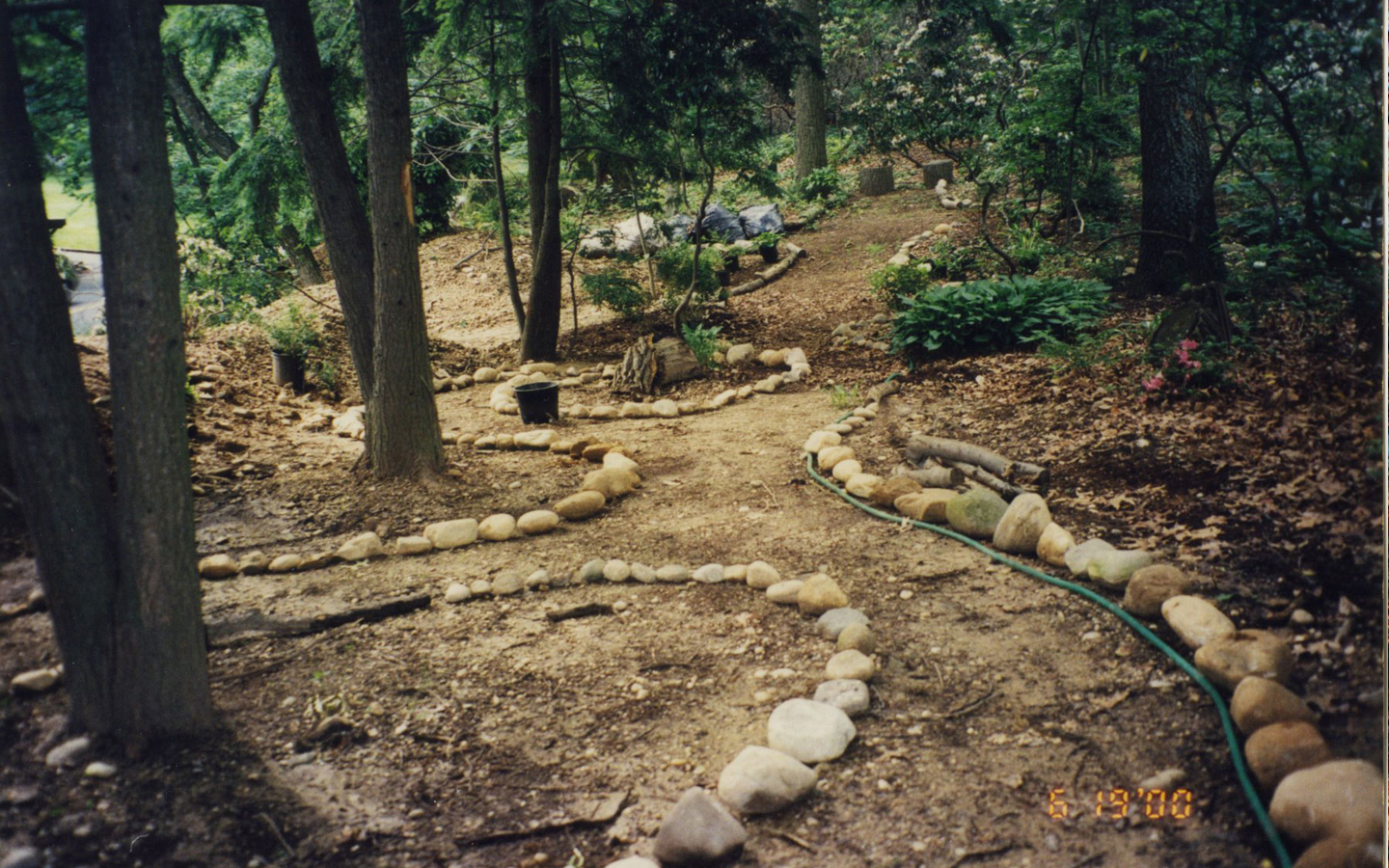
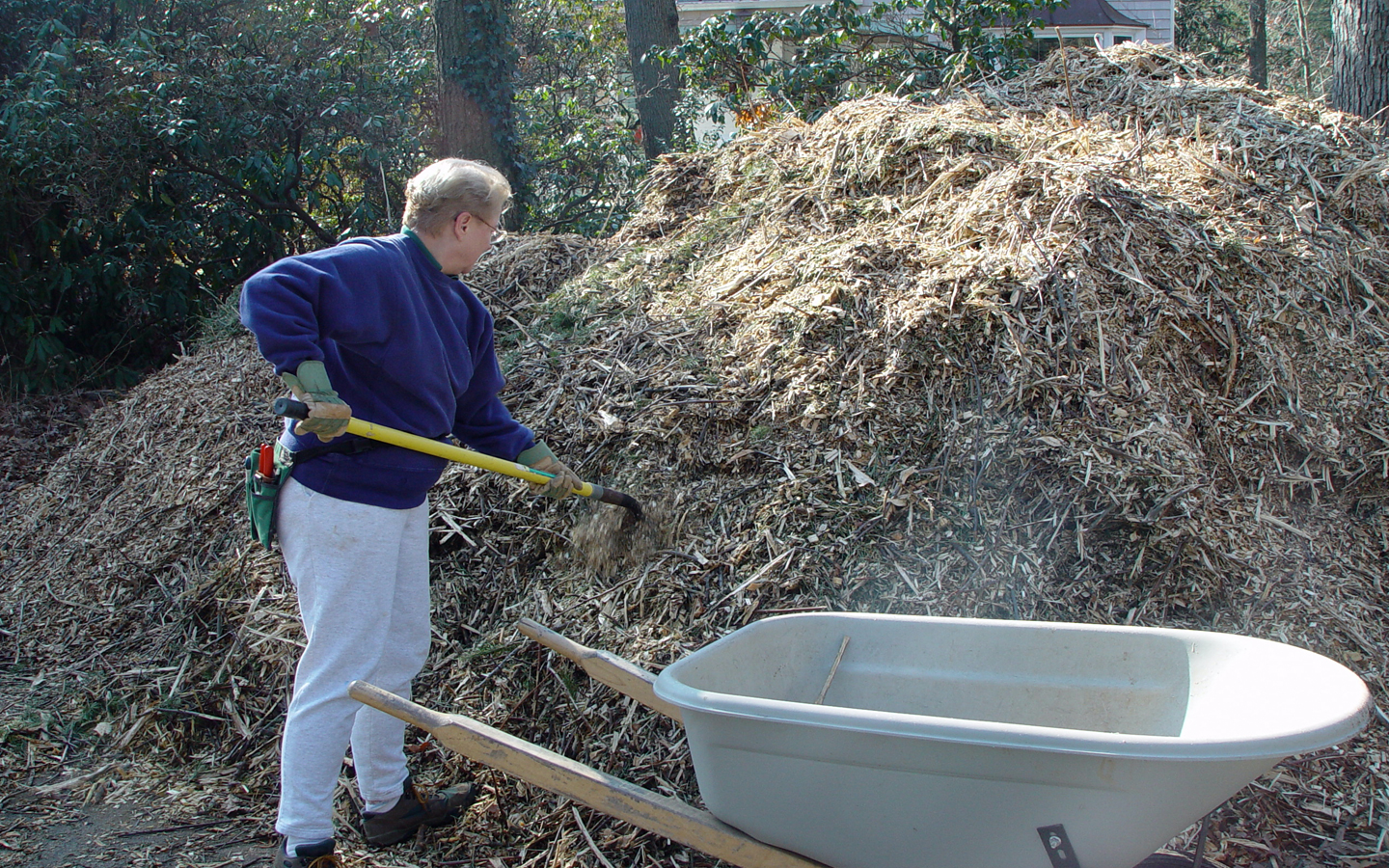
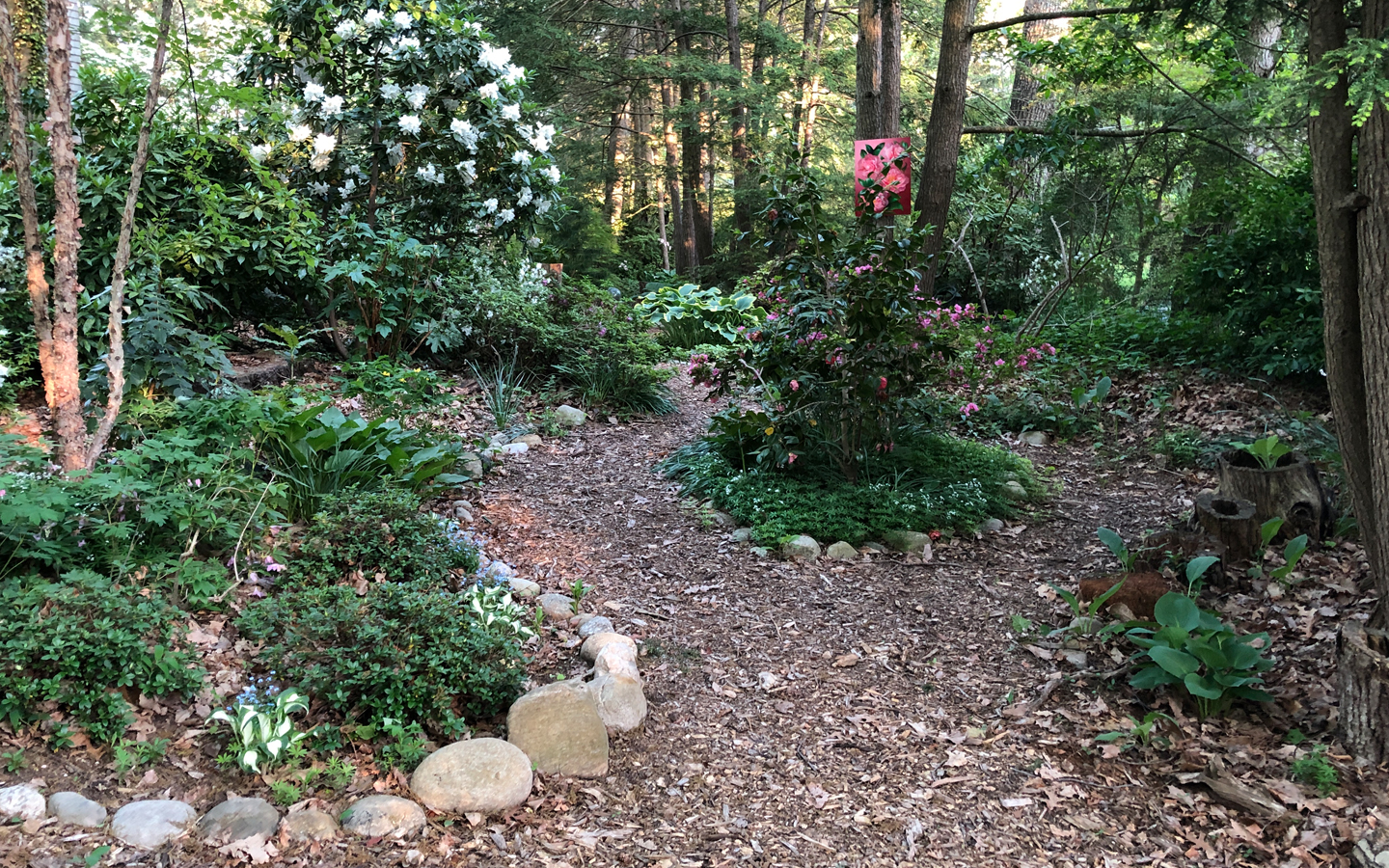
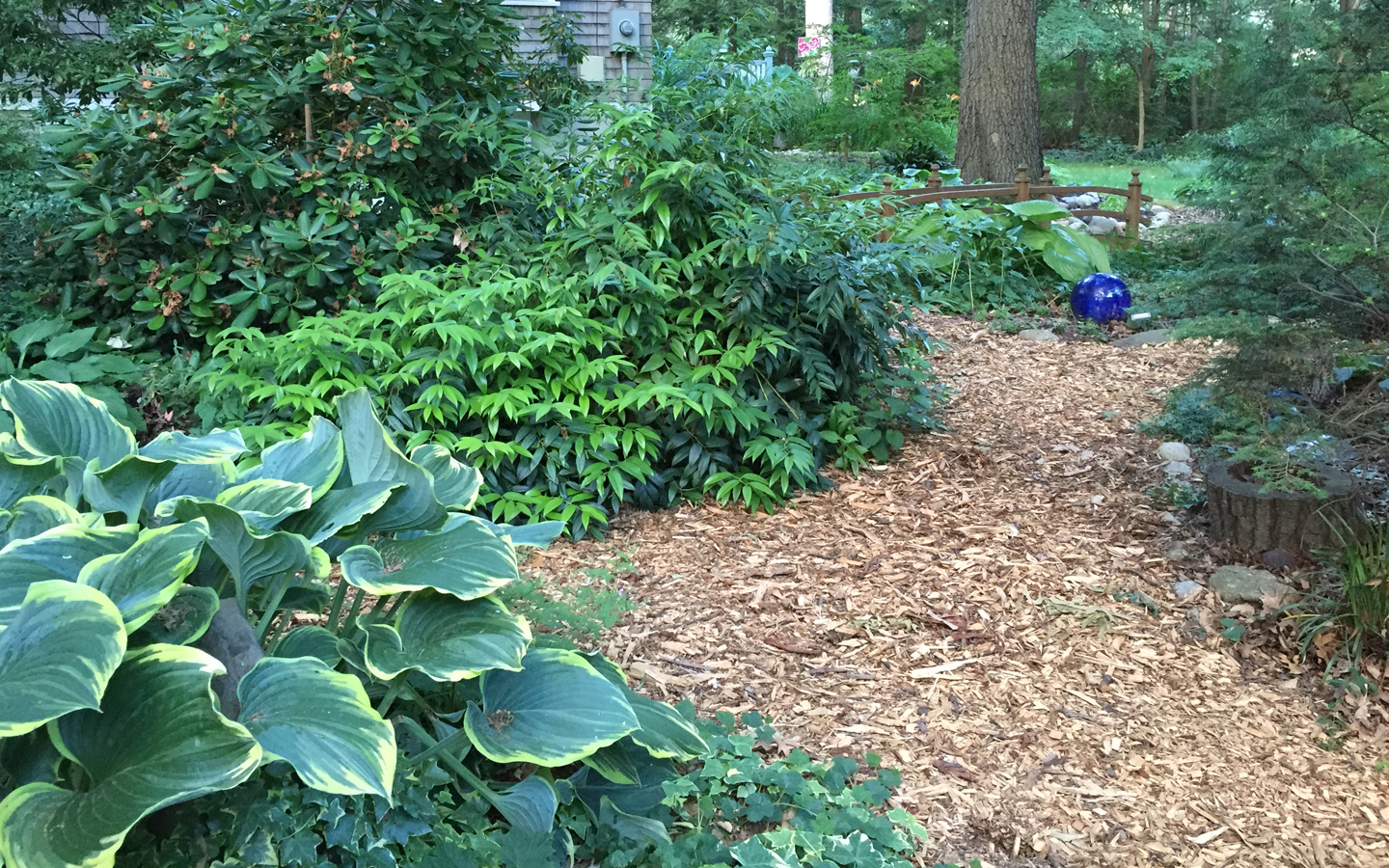
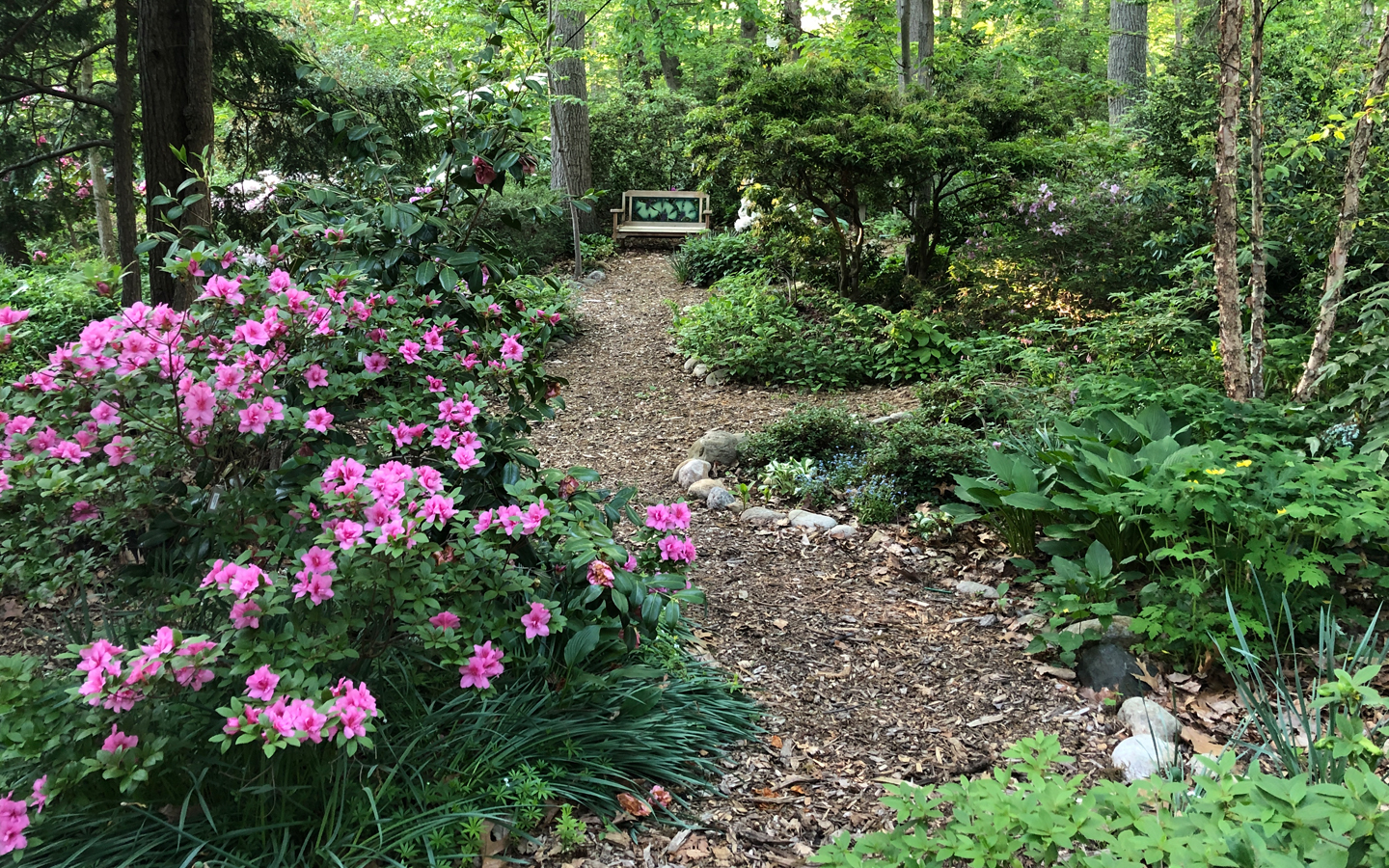
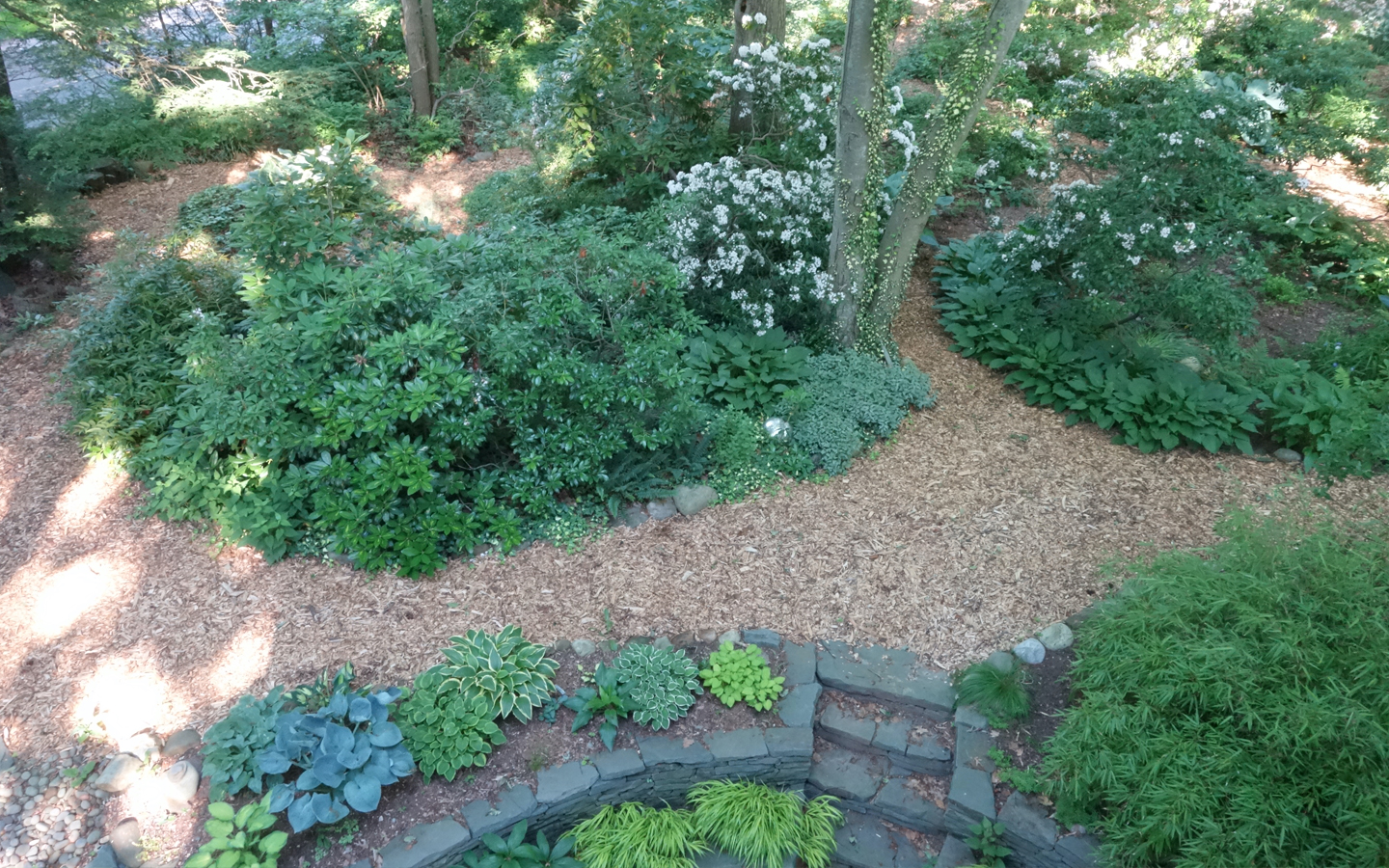
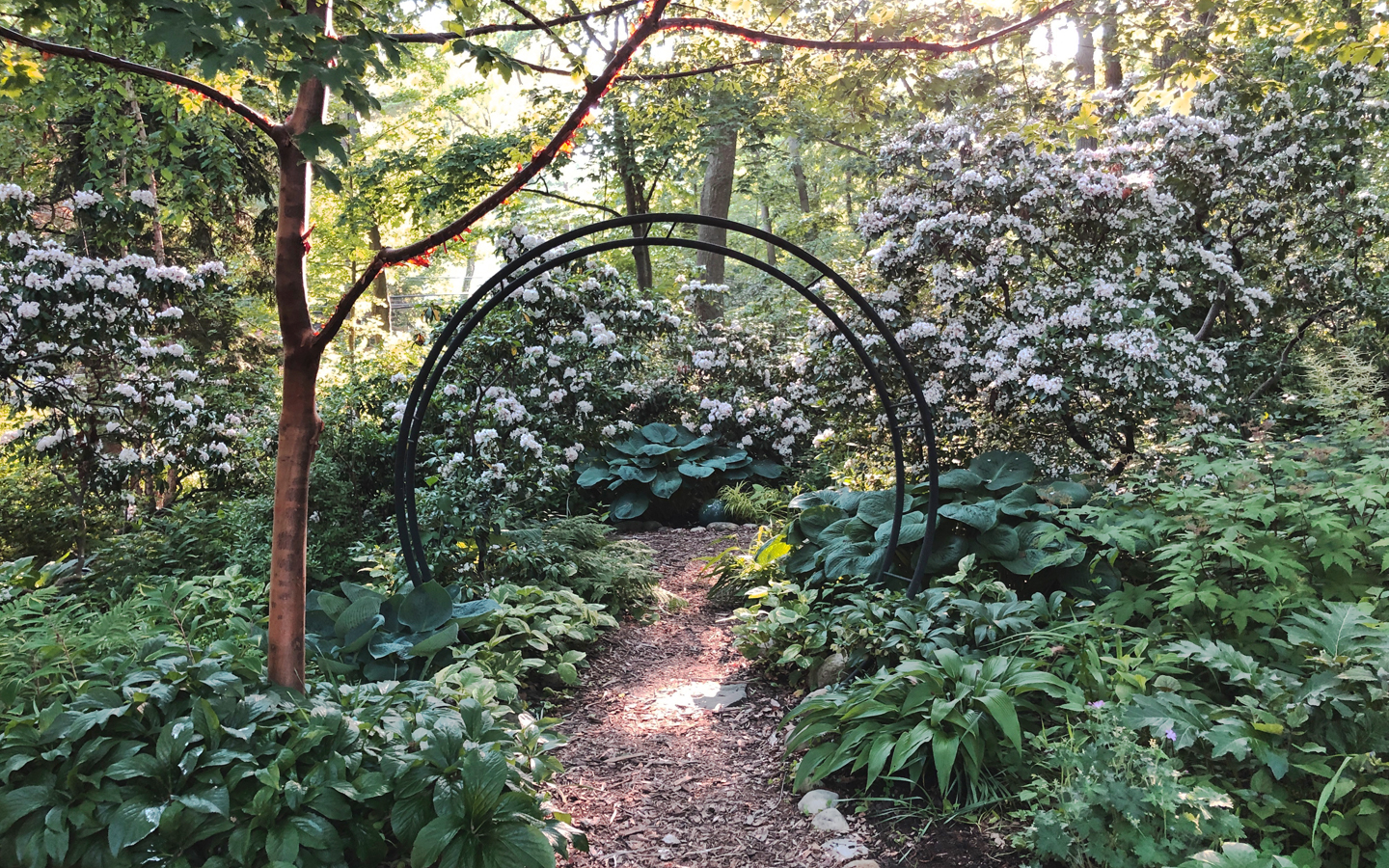















 Daffodils are classified using two parts of the flower. For the purpose of this description, the daffodil is divided into two regions, the perianth (petals) and corona (cup).
Daffodils are classified using two parts of the flower. For the purpose of this description, the daffodil is divided into two regions, the perianth (petals) and corona (cup). Division 1 – Trumpet
Division 1 – Trumpet Division 2 – Large Cup
Division 2 – Large Cup Division 3 – Short Cup
Division 3 – Short Cup Division 4 – Double
Division 4 – Double Division 5 – Triandrus
Division 5 – Triandrus Division 6 – Cyclamineus
Division 6 – Cyclamineus Division 7 – Jonquilla
Division 7 – Jonquilla Division 8 – Tazetta
Division 8 – Tazetta Division 9 – Poeticus
Division 9 – Poeticus Division 10 – Bulbocodium Hybrids
Division 10 – Bulbocodium Hybrids Division 11 – Split Corona
Division 11 – Split Corona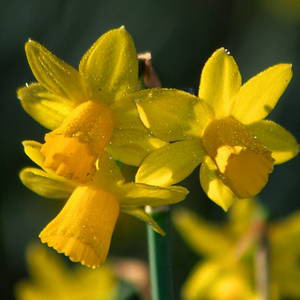 Division 12 – Other Cultivars
Division 12 – Other Cultivars Division 13 – Species All species and reputedly wild forms.
Division 13 – Species All species and reputedly wild forms.

